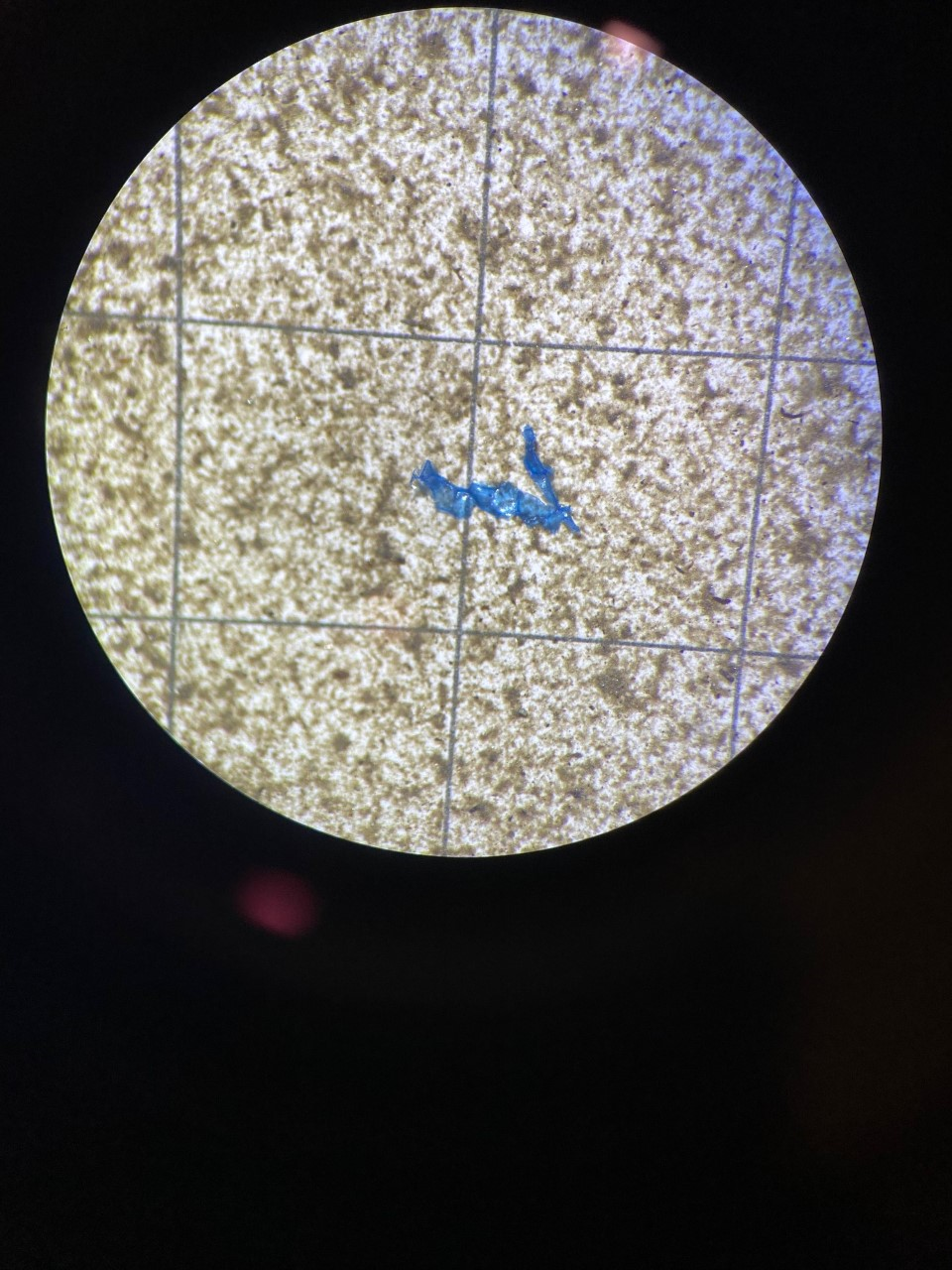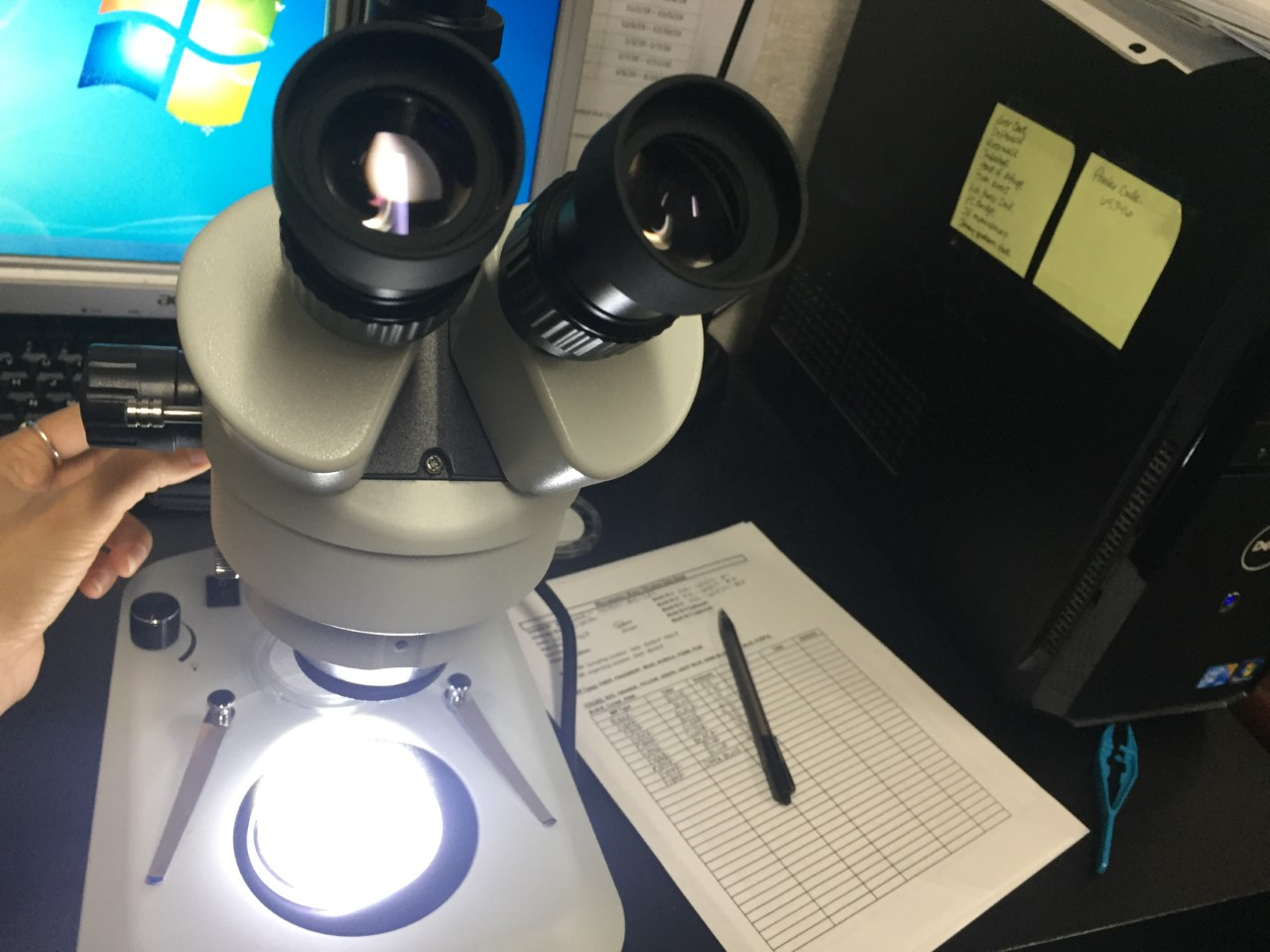Microplastics
Large pieces of plastic and marine debris break down over time into what are known as “microplastics,” and these microplastics break down further into nanoplastics. As this process continues, these plastics permeate marine habitats and eventually make their way into widespread food webs. Plastics may have harmful effects on organisms that ingest or become exposed to them inadvertently within their environments, and for that reason Florida Oceanographic Society, in partnership with Dr. Linda Walter’s lab at the University of Central Florida, is working to help identify which types of microplastics remain suspended in the surface water contents of the Indian River Lagoon.
Ten different sites along the IRL were chosen for our area and sampled by a group of dedicated volunteers once a month over a twelve-month period. The surface water samples were then processed using vacuum filtration, and the precipitates of those samples were then identified using laboratory microscopes. Microplastics appear as fibers, fragments, beads, nurdles, foams, and even films. In total, UCF is processing samples from over 30 sites within the Indian River Lagoon, St. Lucie River, Mosquito Lagoon, and Banana River. The aim of this study is to identify any potential correlations in the types of fibers commonly found within our waterways. The results of this study will then be used to generate solutions for preventing these plastic materials from finding their way out into the marine ecosystem, ultimately improving the environment.
Here (Image 1) you can see several fibers removed from a surface water sample that have become easily visible on the gridded cellulose filter. The microplastics we commonly observe at FOS often range in size from roughly 1-7mm in length and come in a variety of colors. Sometimes we even find cool critters like a copepod (Image 2)!
Samantha Smith is a Research Associate at Florida Oceanographic Society. She can be reached at [email protected]
Image 1: Fibers

Image 3: Fibers

Research Lab

Image 2: Copepod

Microplastic


